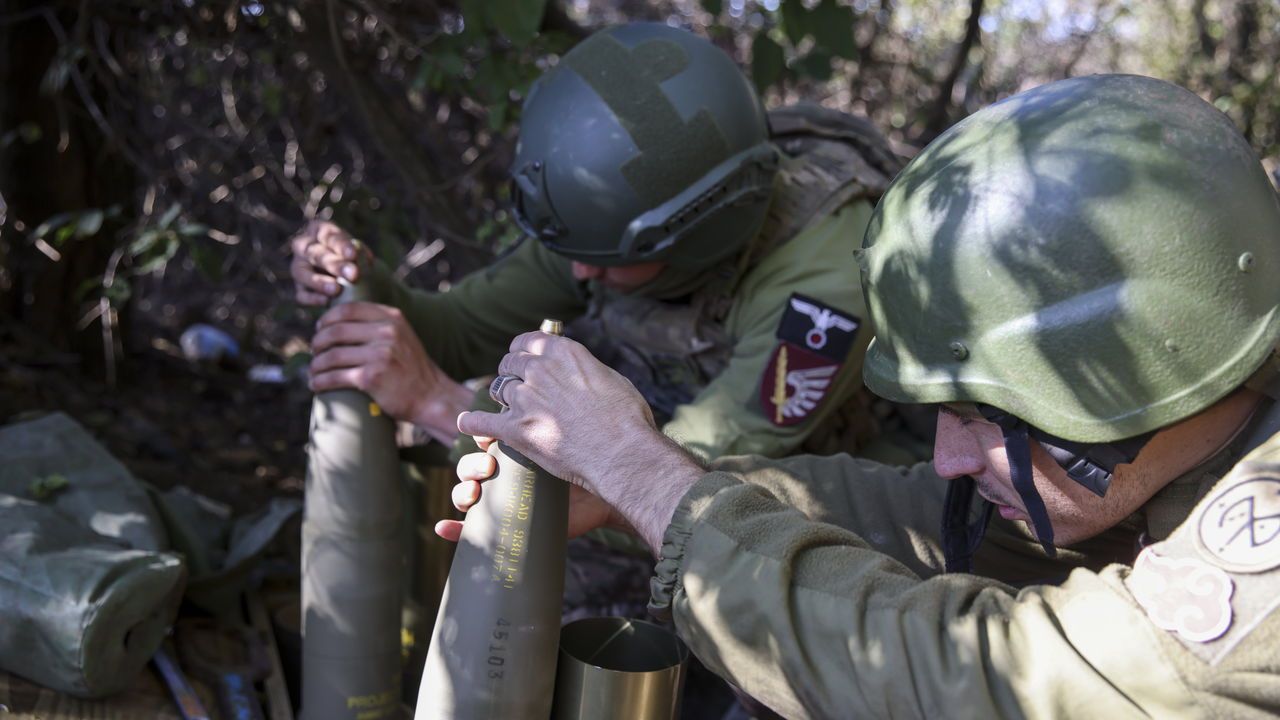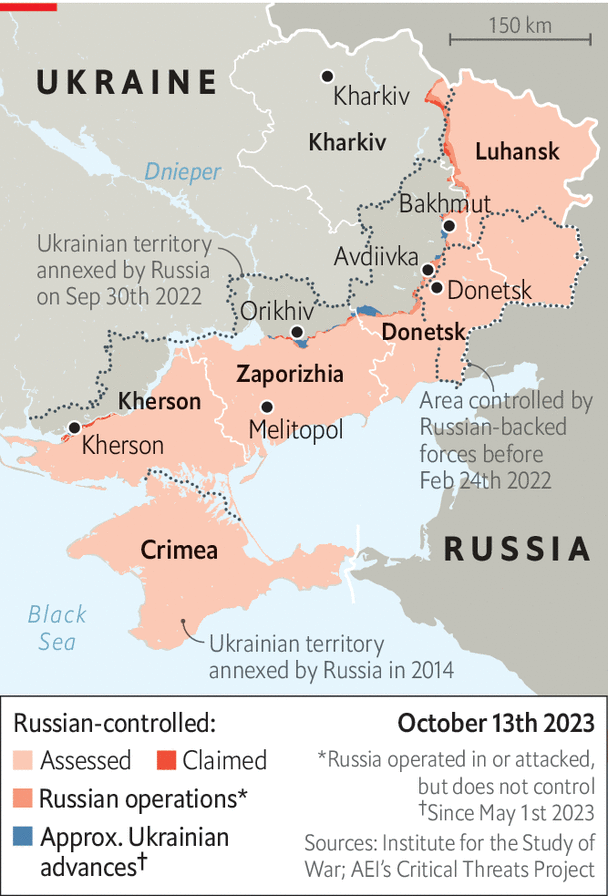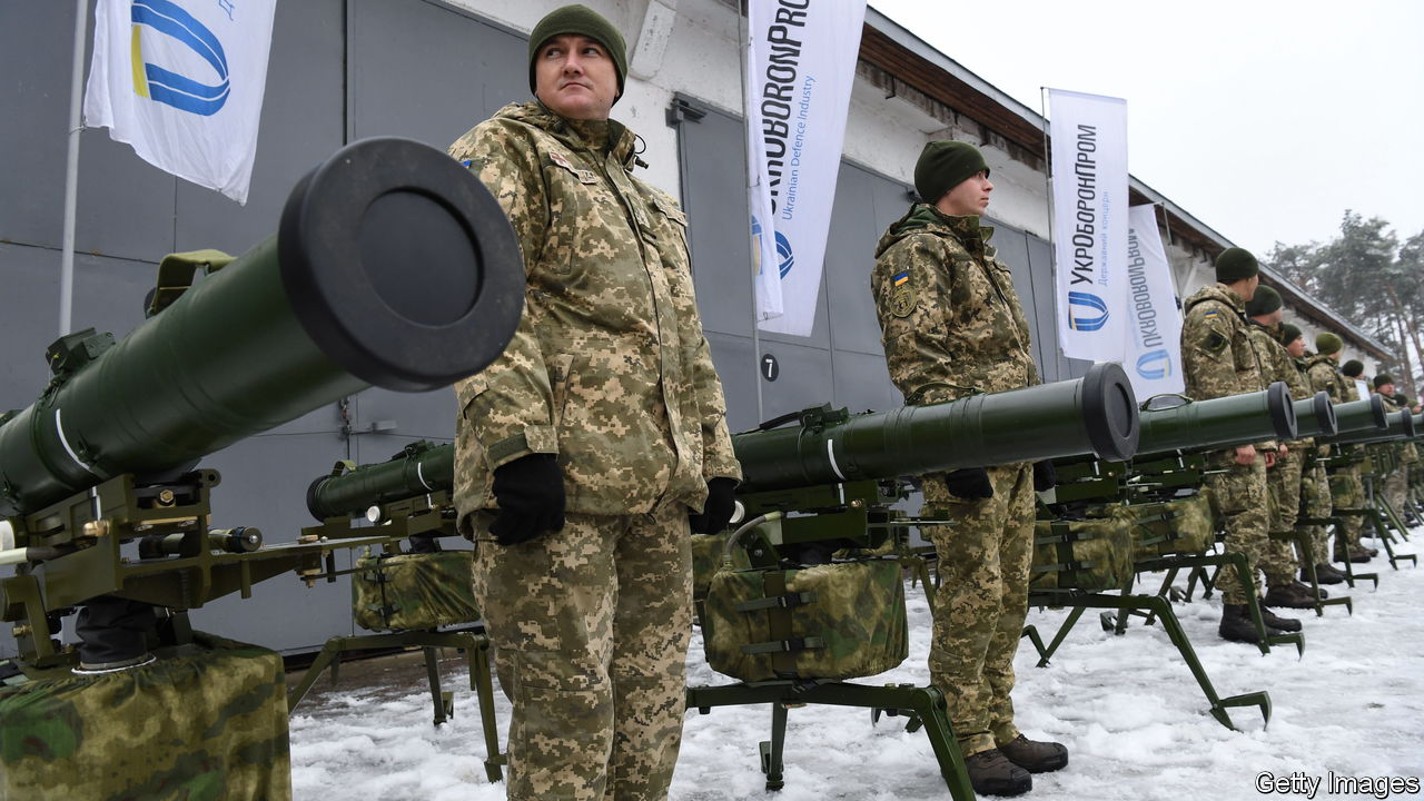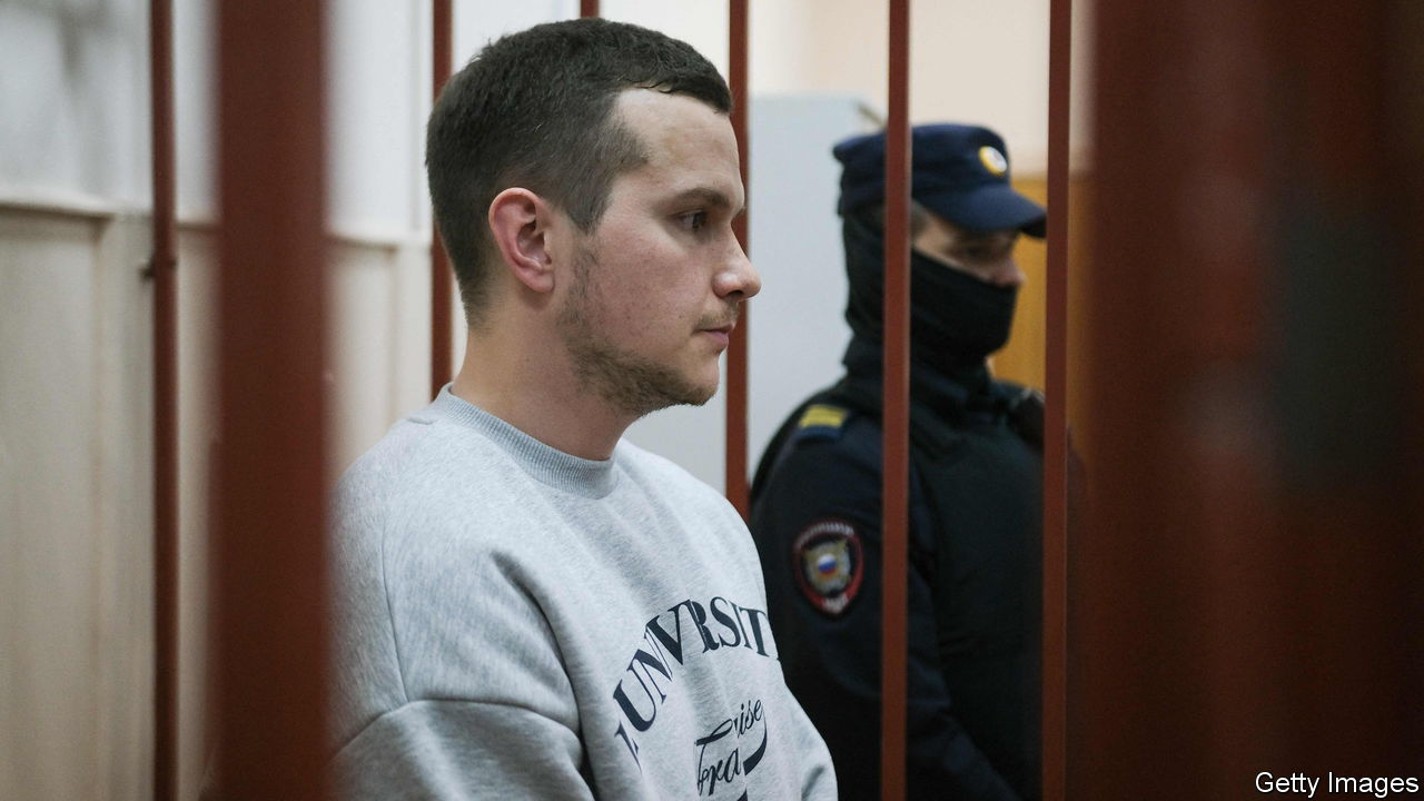Now Russia is fighting to gain territory in the east of Ukraine
The battle for Avdiivka

AFTER MONTHS of soaking up punishment from Ukraine’s dogged but slow-moving counter-offensive, since October 9th Russian forces have been carrying out a sustained attack of their own. This is centred on the eastern frontline town of Avdiivka, a heavily fortified Ukrainian-held area close to the Russian-held capital of Donetsk province. It sits in a strategic pocket surrounded on three sides by enemy positions.
It amounts to one of Russia’s biggest pushes since last spring and its aim appears both to be an attempt to create a “cauldron” around the Ukrainian defenders and to change the narrative of the war to one in which the initiative shifts back towards Russia. Oleksandr Shtupun, a military spokesman for Ukrainian forces in the south, said: “The enemy sees Avdiivka as an opportunity to gain a significant victory and turn the tide of hostilities.”

Whether it becomes the main thrust of a fresh Russian offensive is too soon to determine. It is not in doubt that Russia has committed substantial resources to its latest push. Ukrainian officials claim that up to three battalions have been thrown at Avdiivka. They are supported by tanks, infantry fighting vehicles and aircraft launching from distance highly accurate guided “glide bombs”. Andriy Yermak, who heads the Ukrainian president’s office, tweeted: “The Russians threw a lot of forces in this direction. They are betting on quantity.”
Just as Ukraine throughout the summer has found breaking down well-prepared defences extremely tough, so too the Russians appear to be taking heavy punishment in their assault on Avdiivka. According to a post on October 12th by OSINTtechnical, a reliable open-source intelligence account on X (formerly Twitter), during the attack’s opening stages, probably within a period of 48 hours, Russia had lost 15 tanks, 33 infantry fighting vehicles and a number of artillery pieces, roughly an entire battalion’s worth of kit. A source suggested Ukraine has continued to extract an enormous cost: perhaps 50 tanks and 100-odd armoured vehicles in total.
As armoured columns begin advancing they are first slowed by minefields and then hit by artillery fire guided by drones. Russian territorial gains are so far estimated at less than two square miles. On the same day, President Volodymyr Zelensky wrote on Telegram: “Avdiivka. We are holding our ground. It is Ukrainian courage and unity that will determine how this war will end.”
Were it to happen, losing Avdiivka would be a blow to Ukrainian morale. Like Bakhmut before it, the town, now in ruins with its 30,000 citizens long since evacuated, has become something of a symbol of Ukrainian resistance. It has held out against eight years of intermittent attacks by Russian-backed separatists since 2014. In the past 18 months it has withstood a series of assaults and massive artillery bombardments by Russian forces. In April Russian attempts to encircle the town only partially succeeded, with gains to its north and east. In response, Ukraine sent reserves to the area and established new and well-fortified defensive positions. These are beside a 200 metre-high ash dump, created by the Avdiivka Coke and Chemical Plant (before the war one of the biggest coke producers in Europe), that towers above the battlefield.
In the past couple of days some Russian sources have claimed that their forces have gained control of the coke plant. But the Institute for the Study of War, a think-tank, says it sees no evidence to confirm that, and warns that Russian military bloggers are now more circumscribed about what they are allowed to report in an effort by military commanders to manage the flow of information.
Russia’s offensive ambitions may have been boosted in recent weeks by the arrival of 300 shipping containers full of munitions, according to America’s government. The arms infusion arrived between September 7th and October 1st. Officials say that the transfer included large numbers of artillery shells—enough to have to have a substantial impact on the course of fighting. Ukraine’s counter-offensive relied on a massive infusion of shells from South Korea, and its rate of fire will inevitably fall in the months ahead.
The fight for the coke plant and the ash dump is likely to be hard and bitter in the days ahead. Whether or not Avdiivka falls to the Russians, it is still likely to have a negative effect on the continuing Ukrainian counter-offensive in the south. Progress there has slowed since the liberation of Robotyne in August. Western officials are sceptical that the front lines will now change much before winter sets in. If Ukraine needs to strengthen the Avdiivka front, it may have to reassign some of the forces that are fighting to the south of Orikhiv. That would further reduce the chances of a breakthrough before winter arrives. ■
More from Europe

How a 31-year-old hopes to fix Ukraine’s state-owned defence giant
It won’t be easy, but nothing in Ukraine is

Marine Le Pen poses a greater threat than Giorgia Meloni
At least to the European Union and the transatlantic alliance
